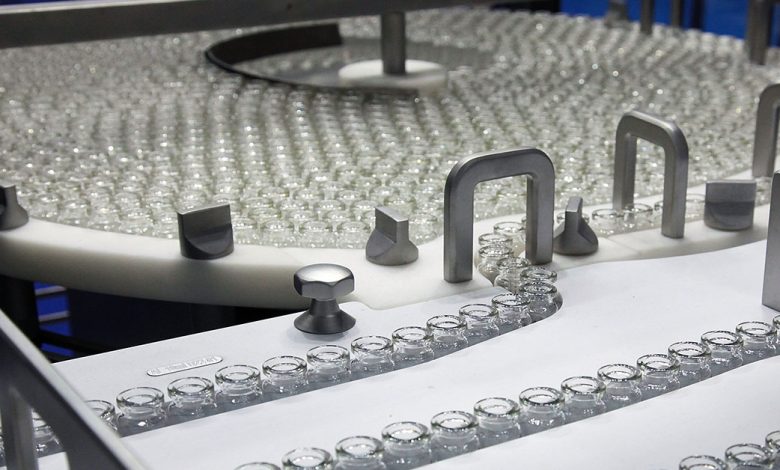India as Quad-led biomanufacturing hub
(Syllabus- GS Paper 2,3,International groupings, science and technology)

Context- The Quad (India,Australia,Japan and the United States) on March 21 set up the Critical and Emerging Technology Working Group to Facilitate cooperation,monitor trends and scout for opportunities related to developments in critical and emerging technologies, that included biotechnology.
However the potential for Quad cooperation in biotechnology remains insufficiently tapped.The stablhsimet of a Quad-led biomanufaturing hub shall give India the necessary fillip to enhance this cooperation.
What is biomanufacturing?
- Biomanufacturing uses living systems, particularly microorganism and cell cultures to produce molecules and material on a commercial scale.
- It has the potential to transform the global industrial system,with up to 60% of physical inputs to the global economy expected to be producible using this technology.
- Many countries,including the United States and China,recognize the need to optimize this ecosystem and have designed specific policies to shape their bio-economies.
The Quad and complementary strengths
- India’s National Biotechnology Development Strategy also envisions the country as a “Global Biomanufacturing Hub” by 2025. While the strategy sets a target of $100 billion for the hub,it is important to recognise that India’s ambitions require external support,particularly through Quad partners,to enable its initial development.
- Specifically the Quad should establish a biomanufcaturing hub in India to benefit from the county’s economic potential and address supply-chain vulnerabilities.
- Quad nations have complementary strengths that can be leveraged to create this hub.The U.S has significant funding capability, while all three(Japan,Australia and the U.S) also possess advanced biotechnology innovation ecosystem and intellectual property.
- India has skilled manpower and the potential to provide affordable scale. Indeed, India is the ideal choice to host the biomanufacturing hub thanks to its existing infrastructure, pharmaceutical manufacturing expertises and the available workforce.
- According to the Australian Strategic Policy Institute, India is among the top performers in the field of biomanufacturing in both the quality of research output and in the share among research publications.
- India also has significant potential in low-cost biomanufacturing ,particularly in the production of enzymes,reagents,research materials and equipment.
- According to at least one analysis, the cost of manufacturing in India is around 33% lower when compared to that in the U.S. However,India still requires significant capability and capacity uplifts to become a world leader.
Strengthening physical infrastructure.
- India aims to become a leading manufacturing hub with plans to increase fermentation capacity tenfold to 10 million liters in the next three to five years.
- China has also expressed its intention to capture this market, similar to how it dominated small-molecule active pharmaceutical ingredients (APIs).
- In Fact,concerns about China’s dominance in the APIs pushed India to launch the PLI- product linked incentive scheme that allocated $2 billion to the pharmaceutical sector to make biopharmaceuticals,APIs ,key starting material,and related products.
- Such dependence in the manufacturing sector shall be detrimental to both India and the Quad. The proposed hub can help facilitate technology transfer,connect investors and establish a biomanufacturing fund that is administered through the Quad, to support India’s effort to reduce dependency on China.
Way forward
- To scale up the manufacturing sector,India needs to uplift its workforce quality. While there are many life science professionals in the country, they lack access to cutting-edge technology and training.
- To address this, permanent training facilities can be established in universities around the Quad hub,with experts from other Quad countries providing the training.
- Recent policy changes in India allow the establishment of foreign universities and can encourage scholar exchange programmes. Training should also focus on commercializing research and development,a common challenge for non -U.S countries in the Quad.
- To facilitate cross Quad collaboration, the biomanufacturing hub can house all current bilateral government efforts and purposes. The hub can also harmonize language,regulations and data sharing regarding biomanufacturing to secure supply chains for Quad nations and facilitate international collaboration. Such streamlining shall boost collaboration efforts with the Quad and create opportunities for collaboration with nations outside the Quad as well.
Conclusion
The proposed hub in India can capitalize on the economic potential of the biomanufacturing industry and address existing and potential vulnerabilities in the global systems. India can become a leading player in the field of biomanufacturing and help the Quad compete in this key area.





.png)



